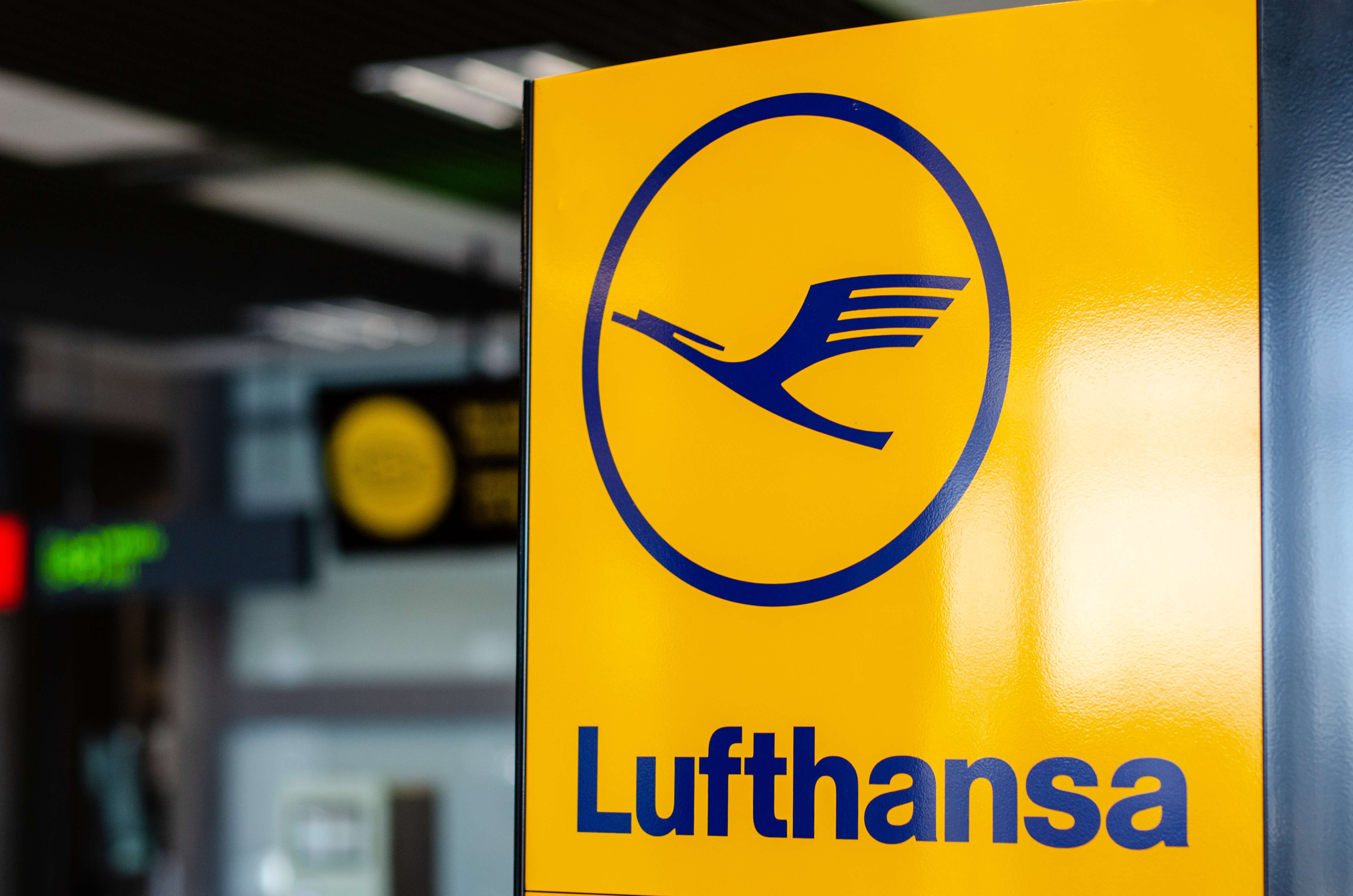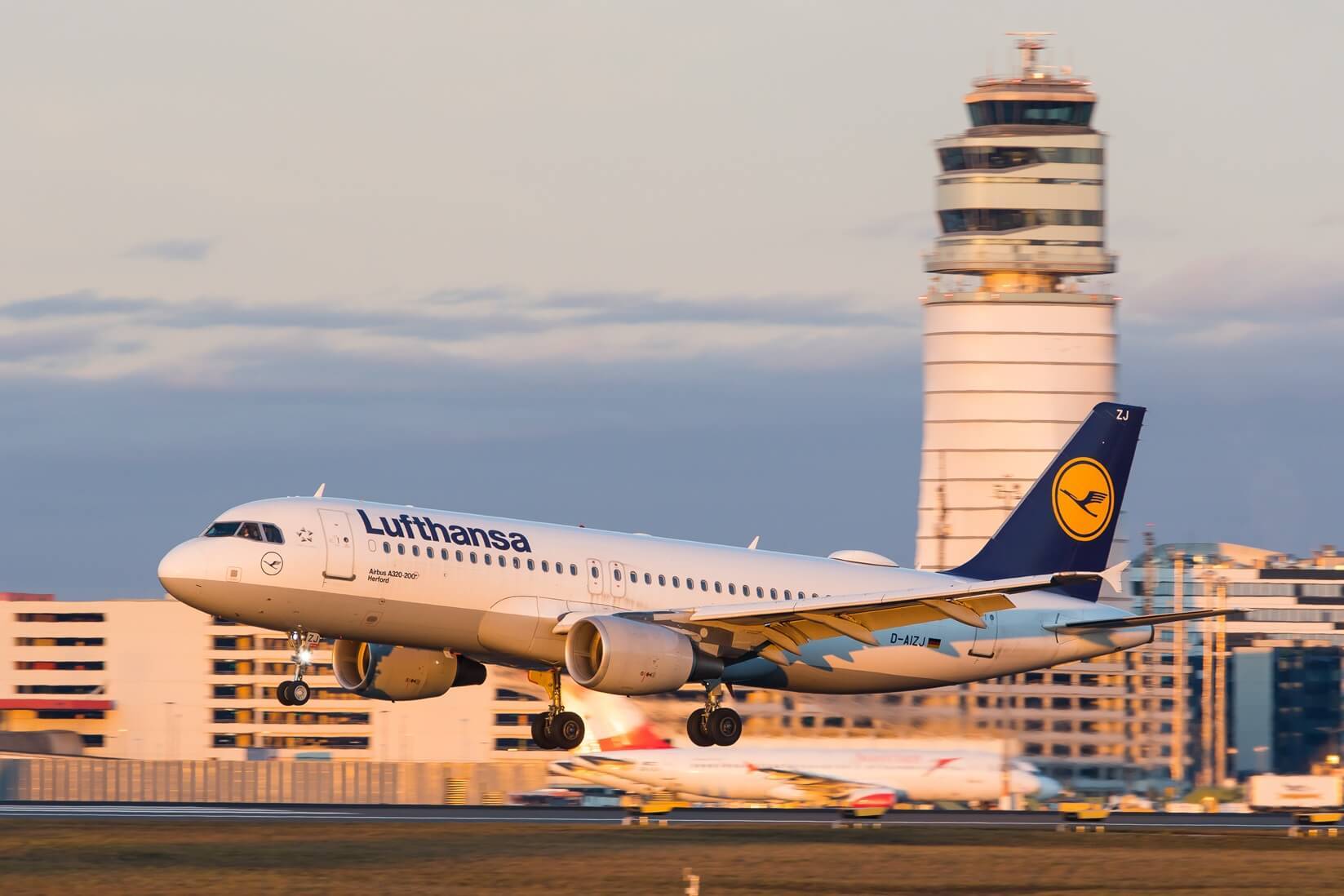Lufthansa focuses on Asia-Pacific amid supply chain issue

As the aviation industry charts its course towards recovery in 2024, Lufthansa Group emerges with a strategic focus on revitalizing the Asia-Pacific markets. Despite grappling with persistent supply chain challenges, the aviation giant remains resolute in its pursuit of a double-digit rise in capacity for the year ahead.
Capacity expansion goals and recovery timeline
With an operating profit of €2.7 billion ($2.9 billion) reported for 2023 and similar expectations for the current year, Lufthansa Group anticipates a 12% increase in available seat kilometres (ASKs) across its network. However, this expansion will still leave the group short of pre-pandemic capacity levels, projecting to reach approximately 94% of 2019 ASKs by the end of 2024, with a full recovery not anticipated until 2025.
Comparison with European counterparts
In comparison to its European counterparts, Lufthansa Group trails behind in capacity restoration. While Air France-KLM and IAG swiftly approached or exceeded pre-pandemic levels in 2023, Lufthansa Group was operating at 84% of 2019 capacity, with its airlines yet to fully restore capacity across the board.
Challenges and commitment to quality
Chief Executive Carsten Spohr attributes this lag partly to ongoing supply chain disruptions, including delayed aircraft and seat deliveries, unscheduled engine maintenance, and staff shortages at system partners. Despite these challenges, Spohr maintains a commitment to prioritizing quality over blind growth, ensuring a sustainable and reliable flight schedule.
Aircraft influx and cautious growth approach
Fueling Lufthansa Group's growth ambitions in 2024 is a significant influx of aircraft, with plans to take delivery of at least 30 new planes, including 20 long-haul jets. Chief Financial Officer Remco Steenbergen emphasizes the group's cautious approach, aiming for a realistic 94% capacity target to maintain consistency and punctuality in operations.
Significance of the Asia-Pacific market
Acknowledging the impact of its high exposure to the Asia-Pacific region, Spohr highlights the significance of this market in driving capacity growth. Despite operational challenges such as the Russian overflight ban, Spohr sees opportunities in redirecting flights away from Russian airspace, appealing to safety-conscious travelers.
Moreover, the recovering Asia-Pacific market holds promise for rejuvenating corporate travel, historically a stronghold for Lufthansa Group. As the airline increases its presence in this region, Spohr anticipates a shift from a three-year downside to an upside, capitalizing on strong demand and corporate partnerships.
While Lufthansa Group celebrates a notable achievement of all its carriers turning profitable in 2023, challenges persist in optimizing profitability across the board. Labor disputes and fleet complexities continue to pose hurdles, particularly for carriers like Austrian Airlines and Brussels Airlines. However, strategic initiatives such as fleet rationalization and partnership expansions with United Airlines offer avenues for improvement.
Looking ahead, Lufthansa Group remains committed to its business model of prioritizing profitability and value creation for shareholders. By leveraging growth opportunities in the Asia-Pacific region and addressing operational challenges with resilience and innovation, the aviation giant aims to navigate the evolving landscape of the airline industry with confidence and determination.
Latest posts
Flight delays and cancellations in July 2025
Check which flights were delayed in July 2025 – you may still be entitled to claim up to 600 € in compensation.
Flight cancellations and delays in March 2024
Check which flights were delayed in March 2024 – you may still be entitled to claim up to 600 € in compensation.
Flight cancellations and delays in February 2024
Check which flights were delayed in February 2024 – you may still be entitled to claim up to 600 € in compensation.












